What Is An Ornamental Tree: Types Of Ornamental Trees For Gardens


With beauty that endures through all seasons, ornamental trees have a lot to offer in the home landscape. Whether you are looking for flowers, fall color, or fruit to keep the garden interesting over the winter months, you have lots of trees to choose from. Read on for help in selecting ornamental trees for the landscape.
What is an Ornamental Tree?
Ornamental trees are grown for their aesthetic value and the sheer enjoyment of having them in the garden. They may have outstanding flowers and fragrance, an interesting shape, colorful or unusual bark, excellent fall color, or a combination of these and other features. Most gardens have room for at least one small ornamental tree, and some can accommodate two or three. They add framework and structure to the garden and provide at least a little shade. They also make great background plants for shrub and flower borders. There are many types of ornamental trees to choose from. Here are just a few that you might want to consider:
- Flowering pears bloom in early spring with fragrant, white blossoms. Two of the most popular are Callery, which grows 30 feet (9 m.) tall, and Bradford, which reaches heights of up to 40 feet (12 m.).
- Crabapple is the most popular type of ornamental tree in many parts of the country, and also one of the most labor-intensive to grow. The trees need a good spraying program to prevent pests and disease, and they also need a good bit of pruning. There are over 200 varieties to choose from. Select one that is resistant to apple scab.
- Eastern redbud has purplish-pink flower clusters in spring, yellow fall foliage, and dark brown pods in fall and winter.
- Crepe myrtle bursts into showy blooms every summer. A mainstay of southern gardens.
- Weeping cherry is a graceful tree with early spring flowers. Songbirds love to visit this tree.
- Flowering dogwood has lovely white or pink flower bracts that appear before the tree begins to leaf out. Many varieties have good fall color and glossy red fruit. It needs watering during dry spells.
- Flowering plum has attractive flowers but the varieties that have reddish-purple foliage are the most popular.
How to Use Ornamental Trees
Ornamental trees make great specimen or stand-alone plants. This is especially true if they have features that make them interesting when there isn't much else going on in the garden. You can also plant them in small clumps so that they make a garden all their own. Small ornamental trees and those with loose canopies that allow lots of sunshine through make good garden trees. The more sunshine they let through, the more options you'll have in the plants that you grow under them. A pattern of shifting light and shade throughout the day allows you to grow sun-loving shrubs and perennials under their canopy. Here are some things to consider in the selection of ornamental trees:
- Size - Do you have room for the tree? Will it be out of scale in your landscape?
- Bloom season and duration - If you are selecting a tree for its flowers, you want them to last as long as possible.
- Location requirements - Make sure your soil is right for the tree and you can give it the right amount of sun or shade.
- Surface roots - Roots that rise above the soil can lift sidewalks and make lawn maintenance difficult.
- Litter - Some trees seem to always have something falling from their branches. This is especially true of fruit trees.
Ornamental Tree Care
Ornamental tree care depends on the type of tree. There are many ornamental trees that require very little maintenance. Pruning raises the bar on tree maintenance, so look for those that grow well without extensive pruning. Most ornamental trees look their best with a regular program of fertilization, usually in spring, and some require water during dry spells.
Gardening tips, videos, info and more delivered right to your inbox!
Sign up for the Gardening Know How newsletter today and receive a free copy of our e-book "How to Grow Delicious Tomatoes".

Jackie Carroll has written over 500 articles for Gardening Know How on a wide range of topics.
-
 4 Superfast Composting Methods: Turn Waste Into Garden Gold In 30 Days Or Less
4 Superfast Composting Methods: Turn Waste Into Garden Gold In 30 Days Or LessTry the fastest composting methods to turbocharge your pile and transform kitchen scraps and garden waste into finished compost in just a few weeks.
By Mary Ellen Ellis
-
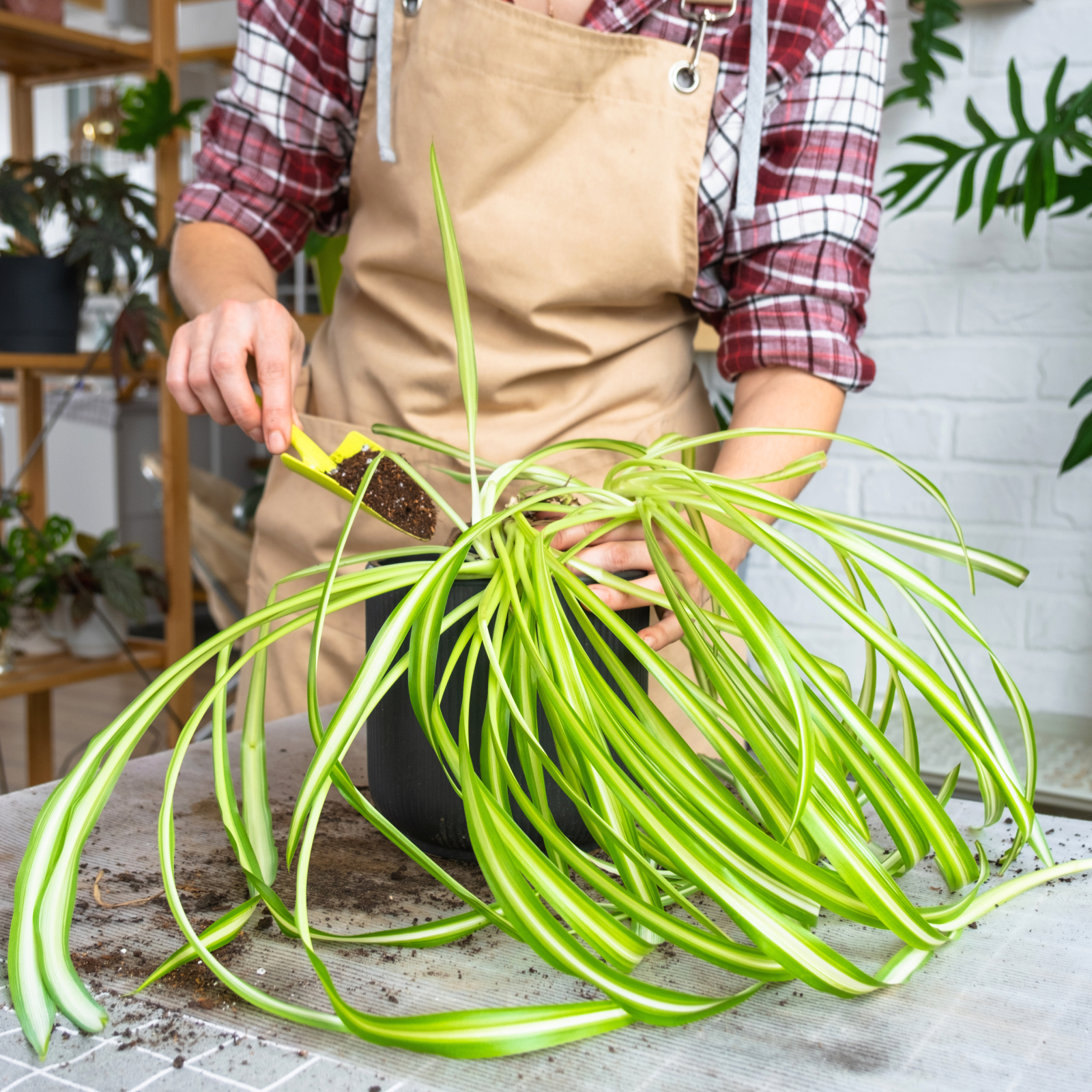 Best Spider Plant Soil – Complete Soil Guide And Expert Tips For Keeping Plants Happy
Best Spider Plant Soil – Complete Soil Guide And Expert Tips For Keeping Plants HappySpider plants are fun and easy plants to grow, but what is the best soil for a spider plant? Selecting the right soil is important so they can thrive.
By Bonnie L. Grant
-
 Best Trees For Carbon Sequestration And Climate Change
Best Trees For Carbon Sequestration And Climate ChangeLet’s keep planting trees. They are our best bet for capturing carbon and may help with our global warming issues.
By Teo Spengler
-
 7 Invasive Trees You Should Never Plant In Your Yard Or Garden
7 Invasive Trees You Should Never Plant In Your Yard Or GardenWhat are some invasive trees you should never plant in your yard? Click here to find out.
By Teo Spengler
-
 How Close Can You Plant A Tree To A Stump?
How Close Can You Plant A Tree To A Stump?Looking to plant new trees near old stumps or where stumps have been removed? Click here to learn how.
By Teo Spengler
-
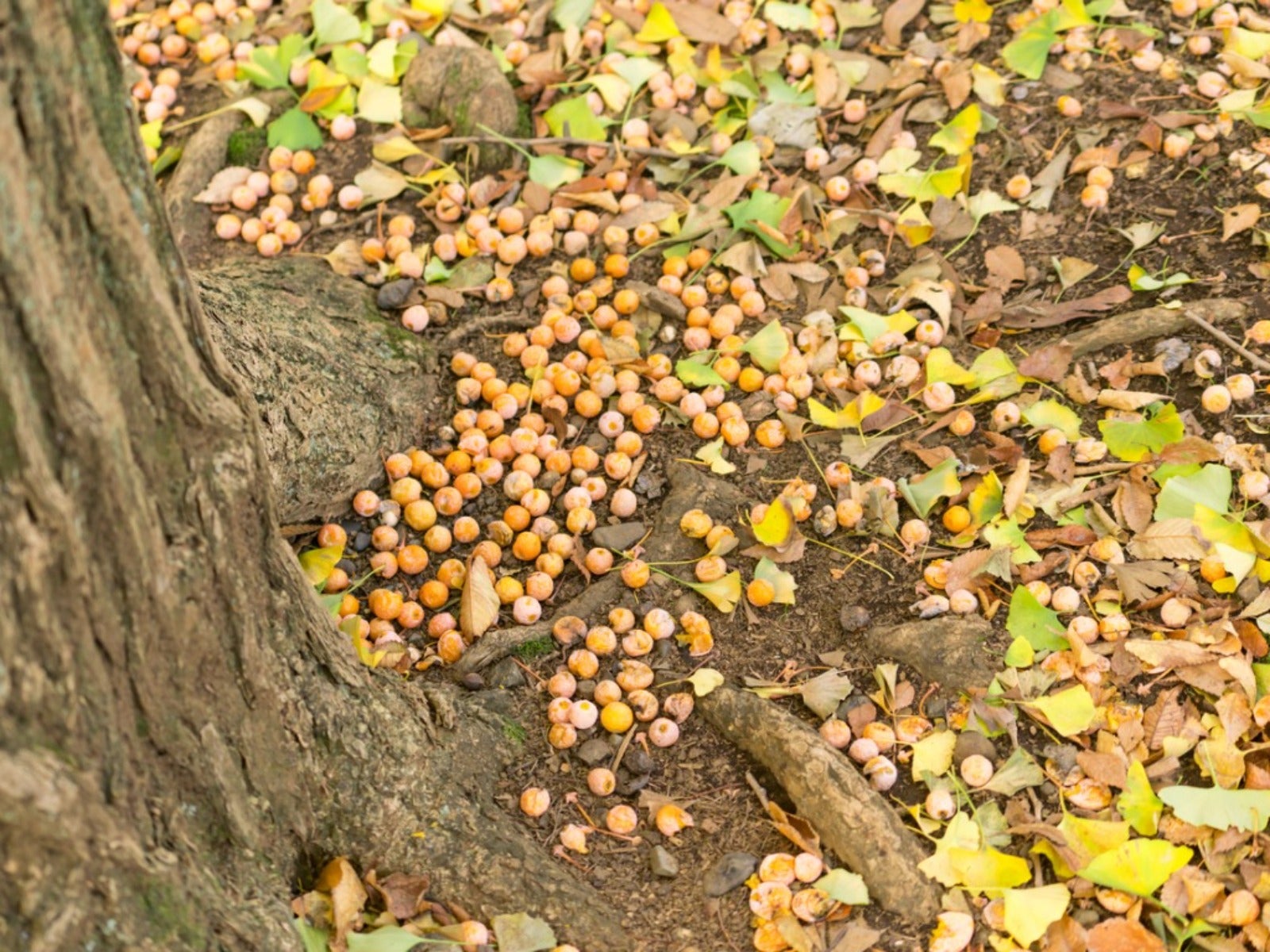 Messiest Trees That Drop Debris Everywhere
Messiest Trees That Drop Debris EverywhereWant to know which trees will create the biggest messes in your home landscape? Click here to find out.
By Amy Grant
-
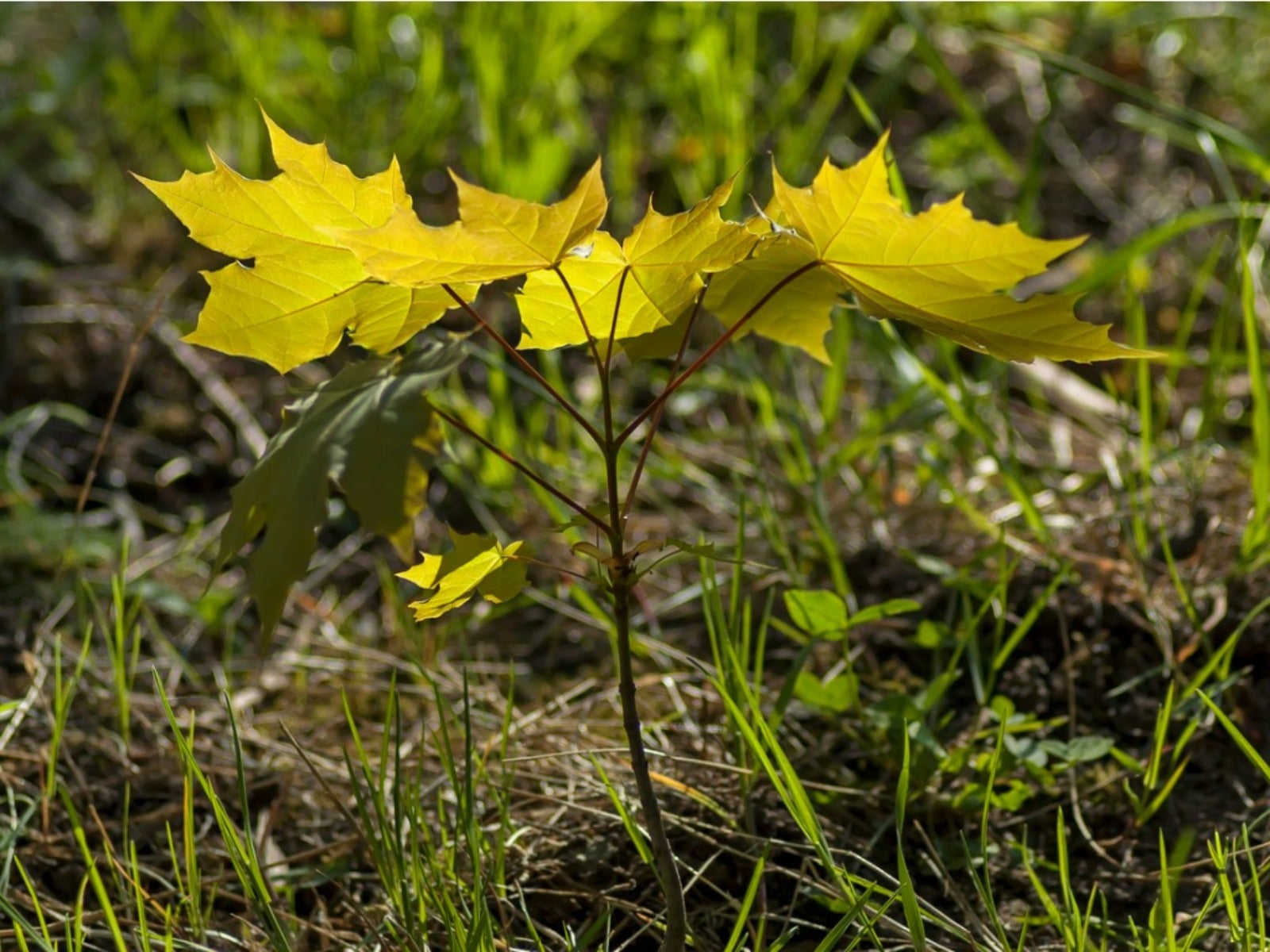 How To Get Rid Of Tree Sprouts In The Yard From Nearby Trees
How To Get Rid Of Tree Sprouts In The Yard From Nearby TreesLearn the simple way to keep pesky tree seedlings in your lawn from becoming saplings.
By Teo Spengler
-
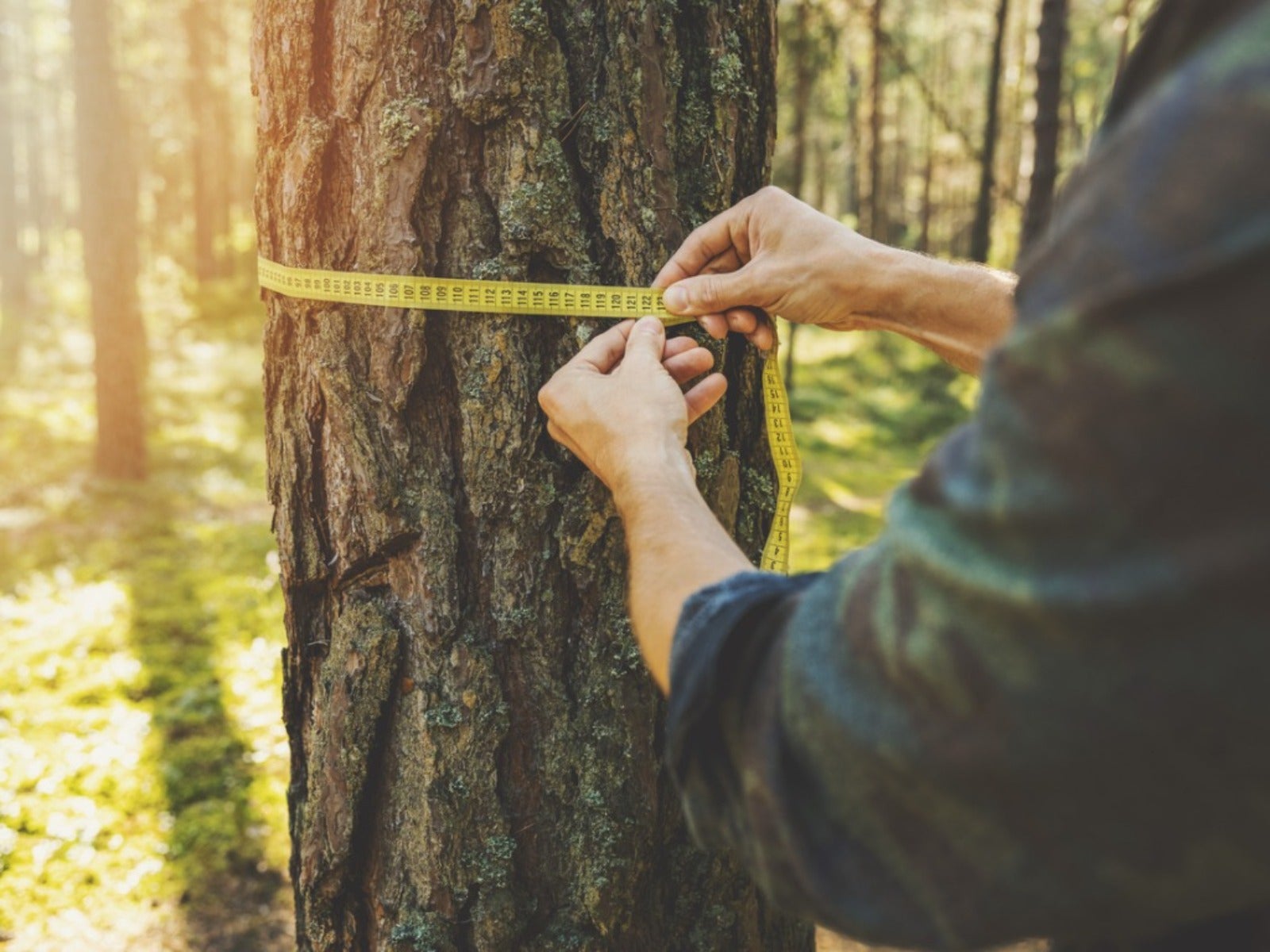 How To Tell How Old A Tree Is
How To Tell How Old A Tree IsEver wondered how to calculate the age of a tree? Click here to learn all about it.
By Teo Spengler
-
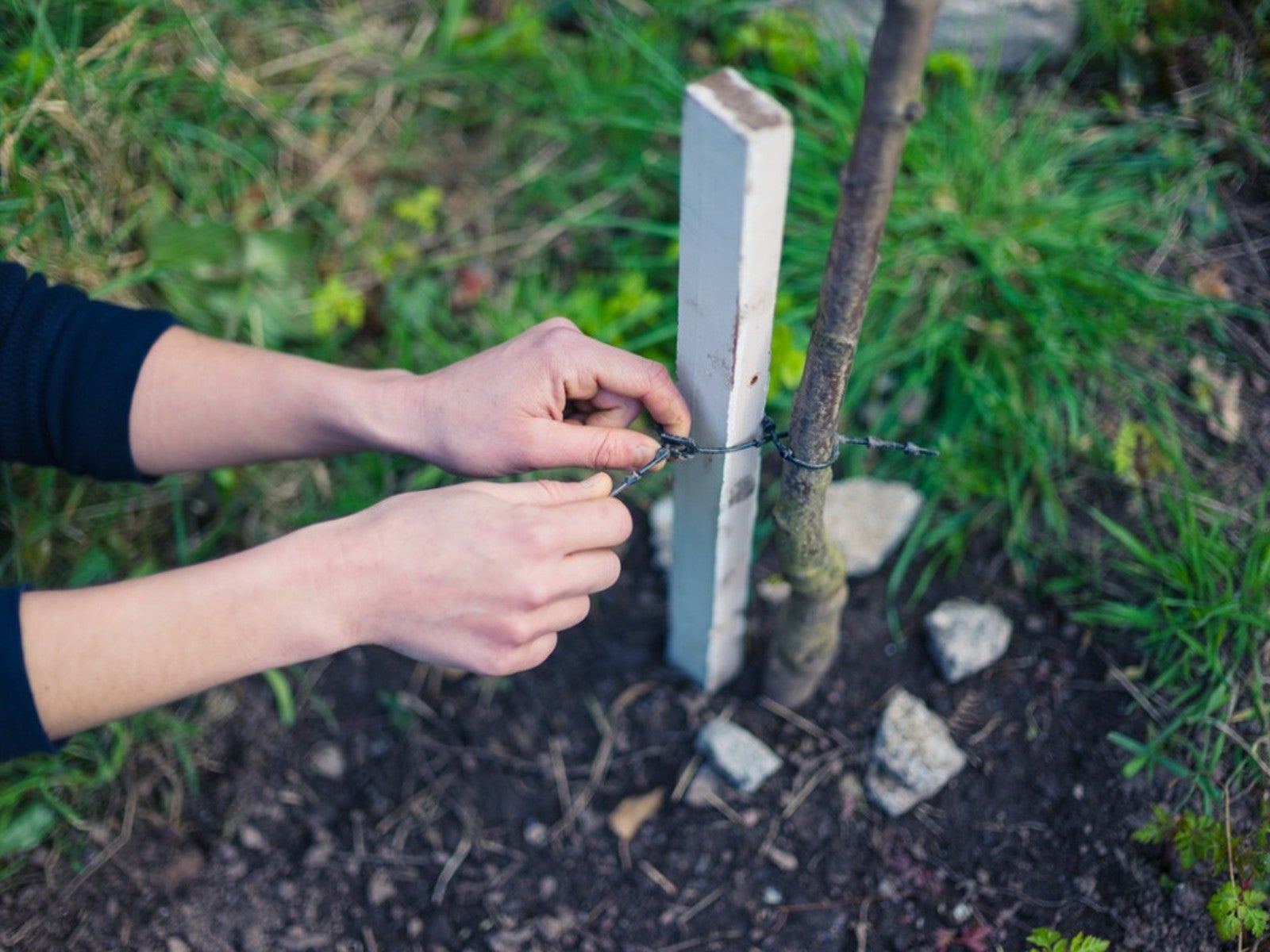 When To Remove Tree Stakes From Saplings
When To Remove Tree Stakes From SaplingsA newly planted tree may grow strong when it’s staked, but don’t forget to remove the stakes when it’s stable.
By Teo Spengler
-
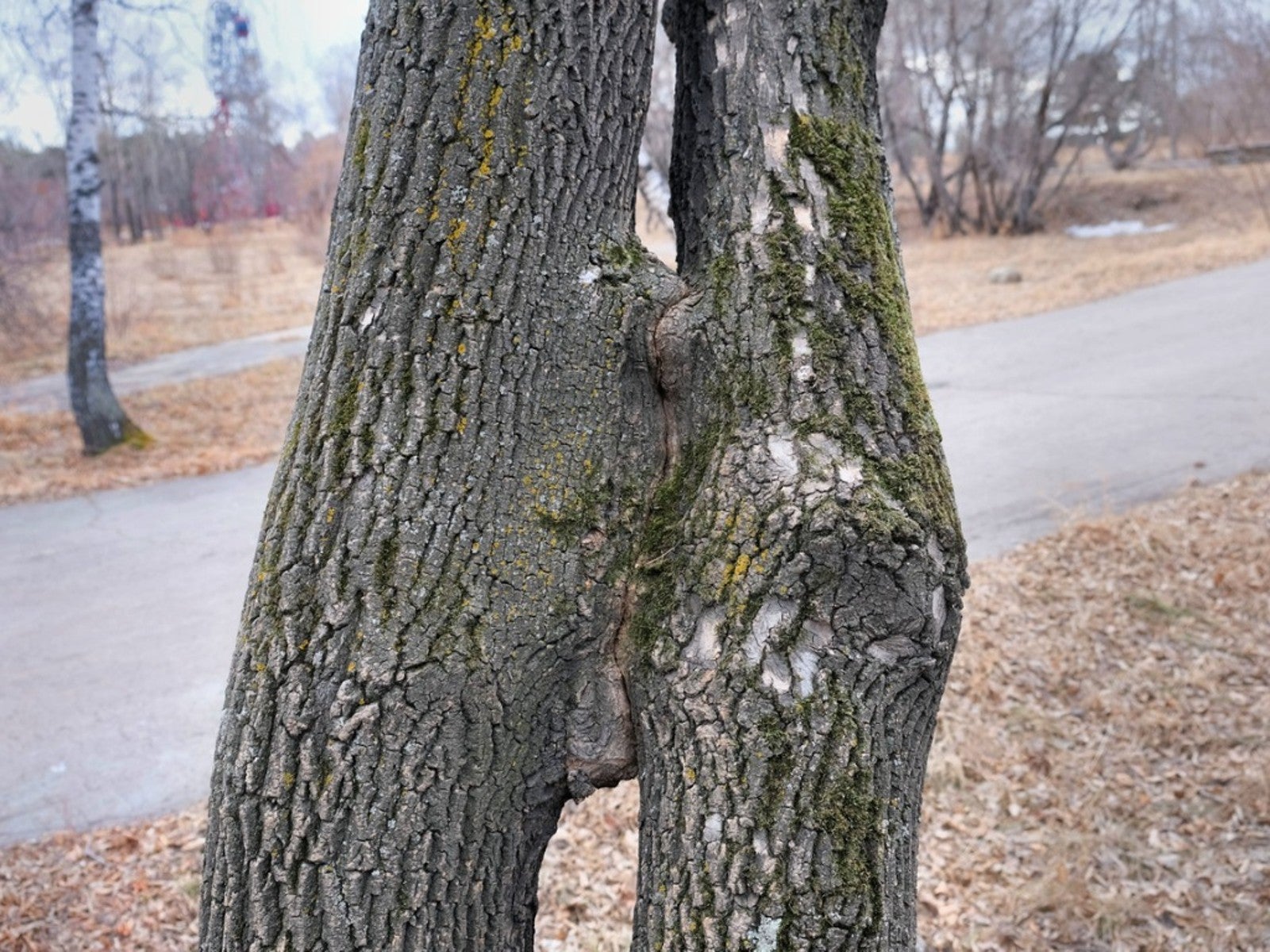 Inosculation And Trees Growing Together
Inosculation And Trees Growing TogetherIf you ever see two trees that have bonded and grown together, read here to learn why and how it happens.
By Teo Spengler